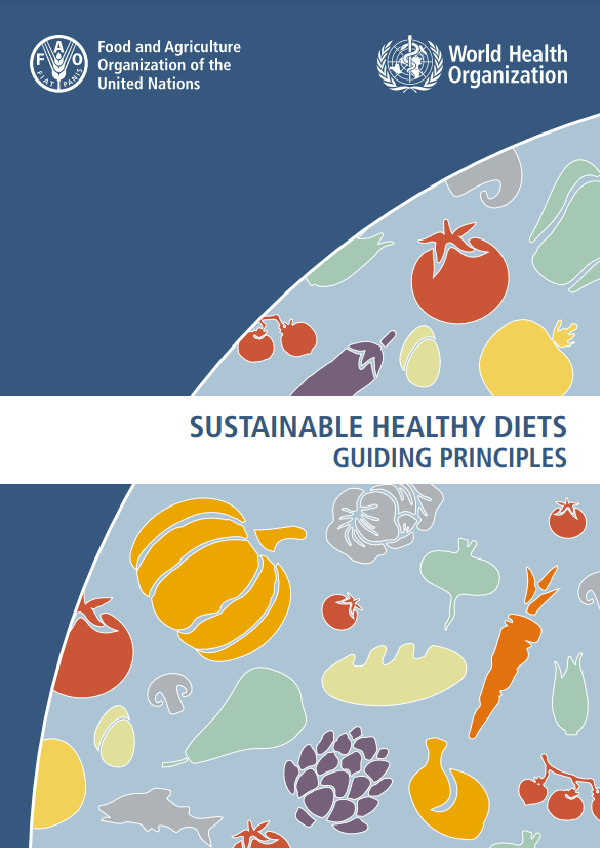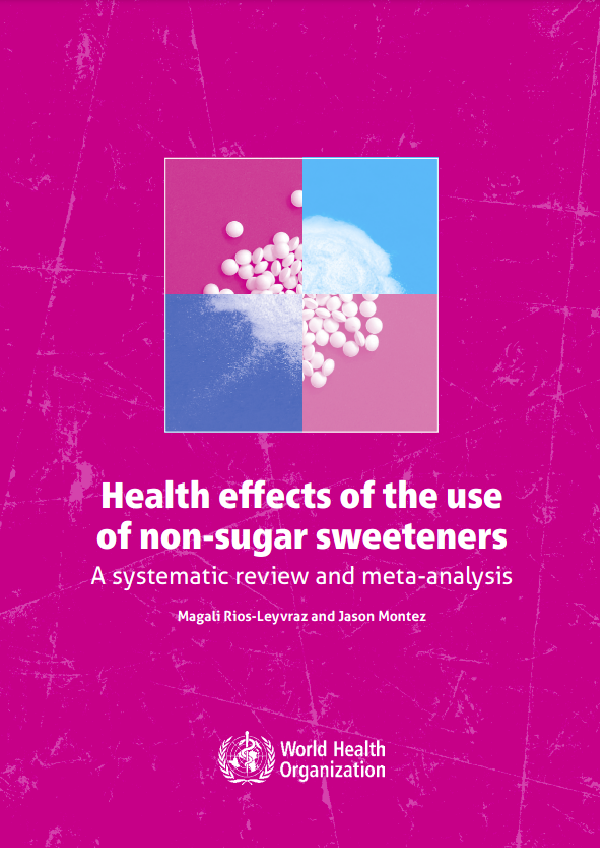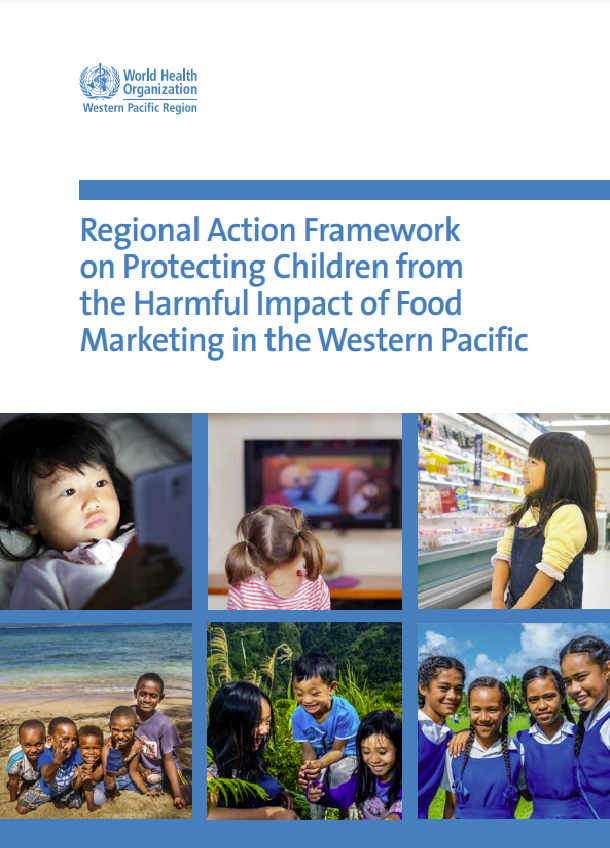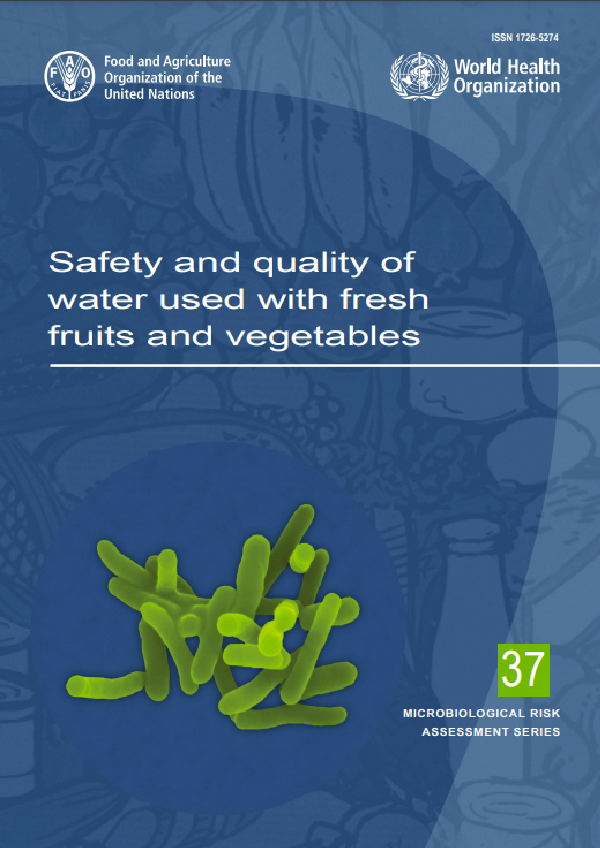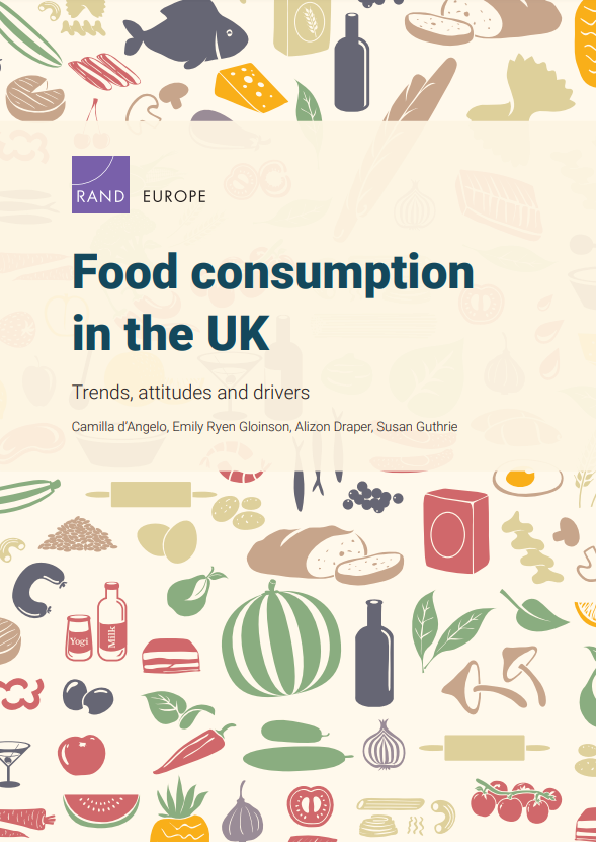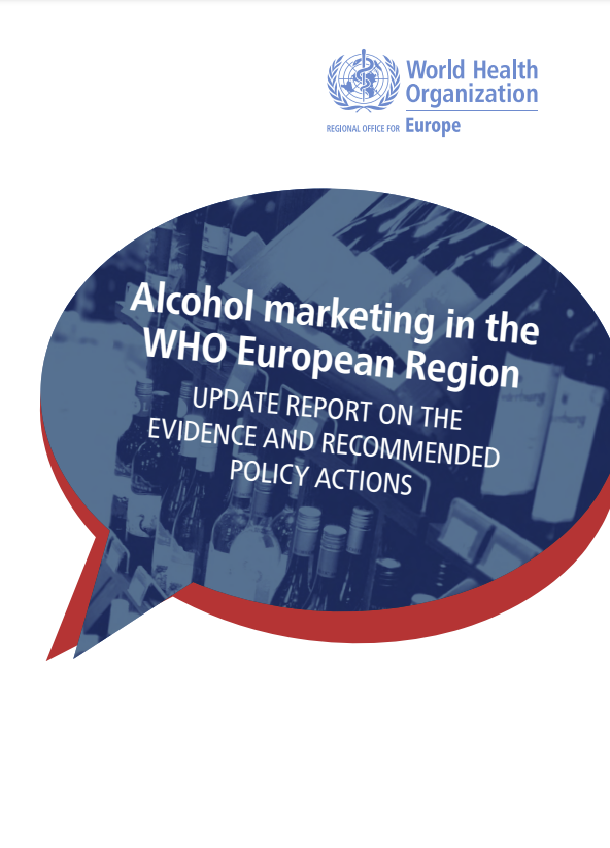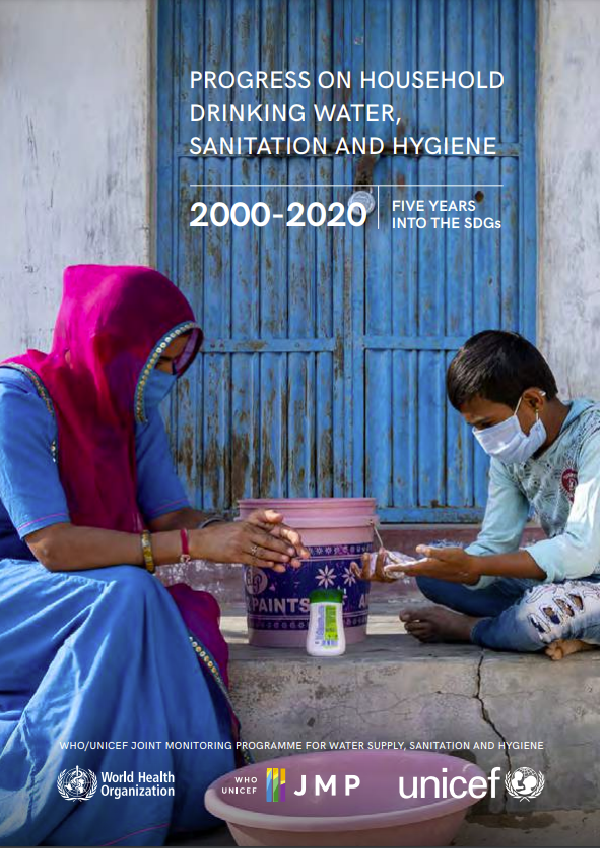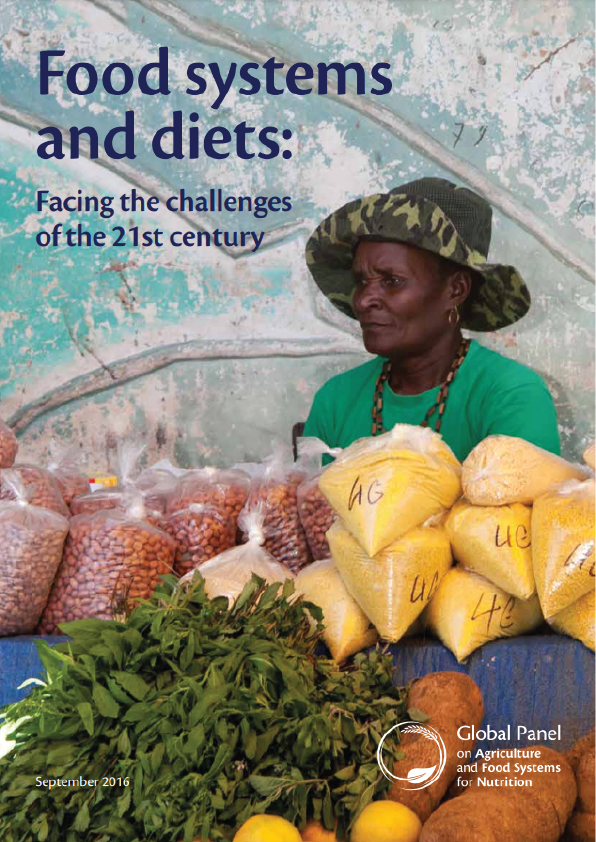Considering the detrimental environmental impact of current food systems, and the concerns raised about their sustainability, there is an urgent need to promote diets that are healthy and have low environmental impacts. These diets also need to be socio-culturally acceptable and economically accessible for all.
Acknowledging the existence of diverging views on the concepts of sustainable diets and healthy diets, countries have requested guidance from the Food and Agriculture Organization of the United Nations (FAO) and the World Health Organization (WHO) on what constitutes sustainable healthy diets. The two organisations jointly held an international expert consultation on Sustainable and Healthy Diets from 1 to 3 July 2019 at FAO headquarters in Rome, Italy, to address these issues. The Consultation agreed on guiding principles for what constitutes “Sustainable Healthy Diets”. This comes at a time when the debate around the sustainability of diets is high on the agenda of governments, international organisations, civil society organisations, the private sector and academia.
These guiding principles take a holistic approach to diets; they consider international nutrition recommendations; the environmental cost of food production and consumption; and the adaptability to local social, cultural and economic contexts. At the Consultation the experts agreed on the term “Sustainable Healthy Diets” which encompasses the two dimensions – sustainability and healthiness of diets. Countries should decide on the trade-offs according to their situations and goals.
These guiding principles emphasize the role of food consumption and diets in contributing to the achievement of the SDGs at country level, especially Goals 1 (No Poverty), 2 (Zero Hunger), 3 (Good Health and Well-Being), 4 (Quality Education), 5 (Gender Equality) and 12 (Responsible Consumption and Production) and 13 (Climate Action).
The UN Committee on Economic, Social and Cultural rights has recognized that the right to adequate food is of crucial importance for the enjoyment of all human rights. The committee considers that “the right to adequate food implies: “The availability of food in a quantity and quality sufficient to satisfy the dietary needs of individuals, free from adverse substances, and acceptable within a given culture; The accessibility of such food in ways that are sustainable and that do not interfere with the enjoyment of other human rights”. The Committee on the Rights of the Child has also recognized the obligation of States to ensure access to nutritionally adequate, culturally appropriate and safe food to combat malnutrition in all its forms.
Nonetheless, many individuals do not have year-round access to safe, affordable, healthy diets needed to promote health and wellbeing. As a result, malnutrition in all its forms is a problem of global proportion, and no country is free from its effects. One in three individuals is currently affected by at least one form of malnutrition such as hunger, stunting, wasting, micronutrient deficiencies, overweight and/or obesity as well as resulting diet-related, non-communicable diseases (NCDs). The consequences of malnutrition include avoidable ill-health and premature death, as well as enormous economic and societal costs. Global estimates suggest that malnutrition in all its forms costs society up to USD 3.5 trillion per year, with overweight and obesity alone costing USD 500 billion per year. While the causes of malnutrition around the world are complex, unhealthy diets remain one of the main contributors to the global burden of disease. Unhealthy diets were identified as the second-leading risk factor for deaths and disability-adjusted life-years (DALYs) globally in 2016,5 while in 2017 they accounted for approximately 11 million deaths and 255 million DALYs6 . To address malnutrition, diets must improve. However, the task is challenging, as drivers to changing diets are numerous and include urbanization, globalization of agricultural markets and trade, incomes, supermarket penetration and mass food marketing. Thus to improve diets, the entire food system – which encompasses the range of actors (and institutions) involved in the production, aggregation, processing and packaging, distribution, marketing, consumption and disposal of food products – must be considered.
